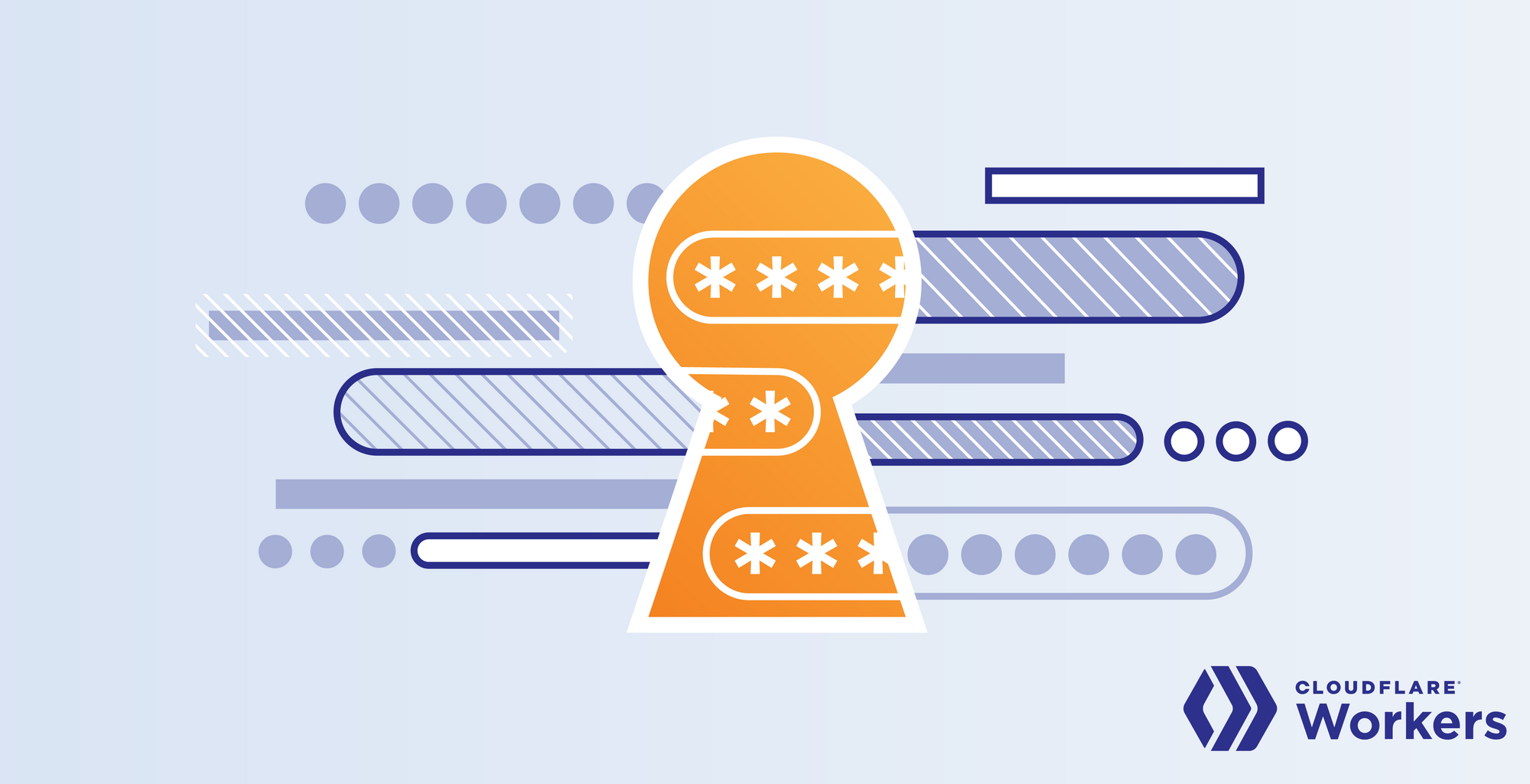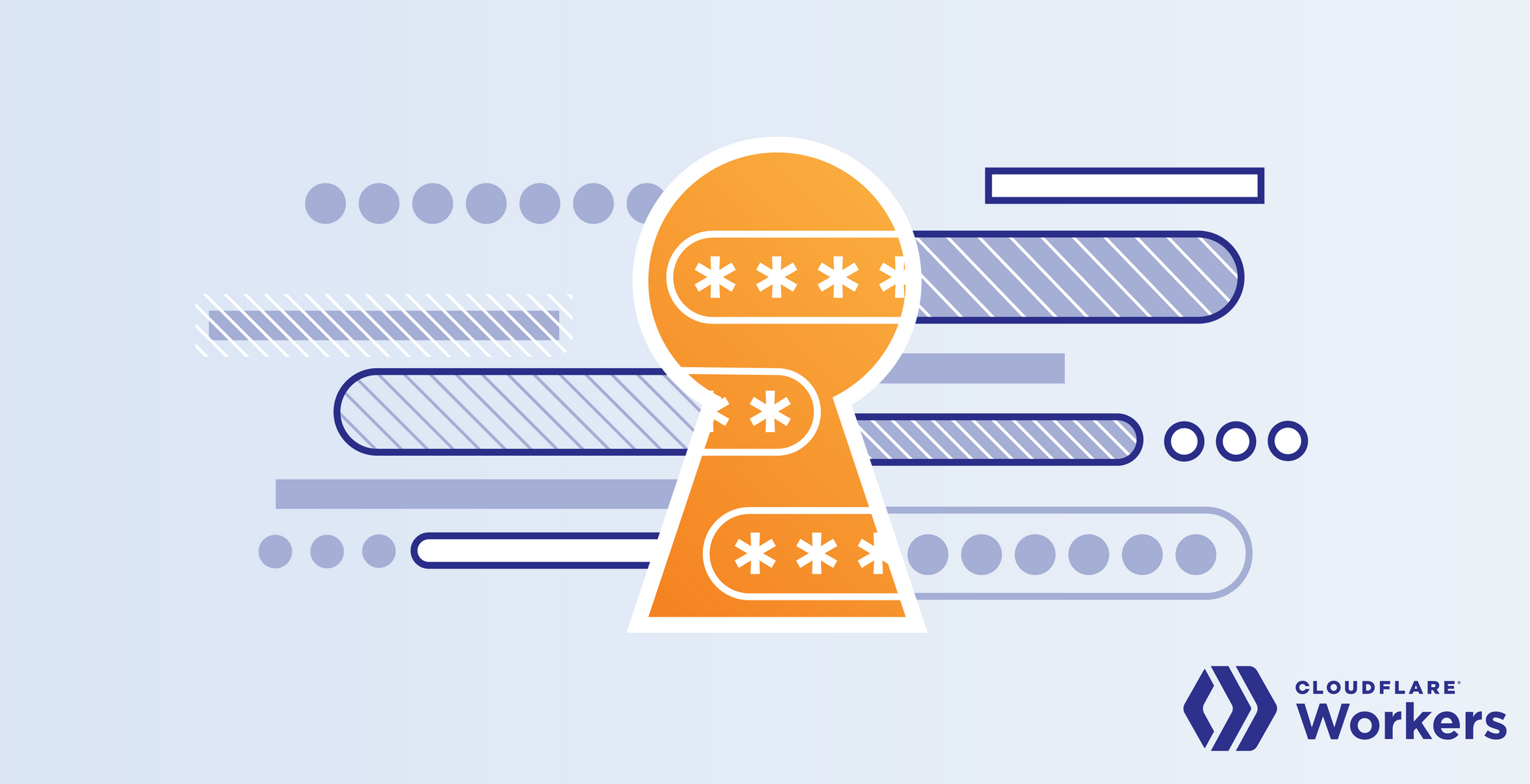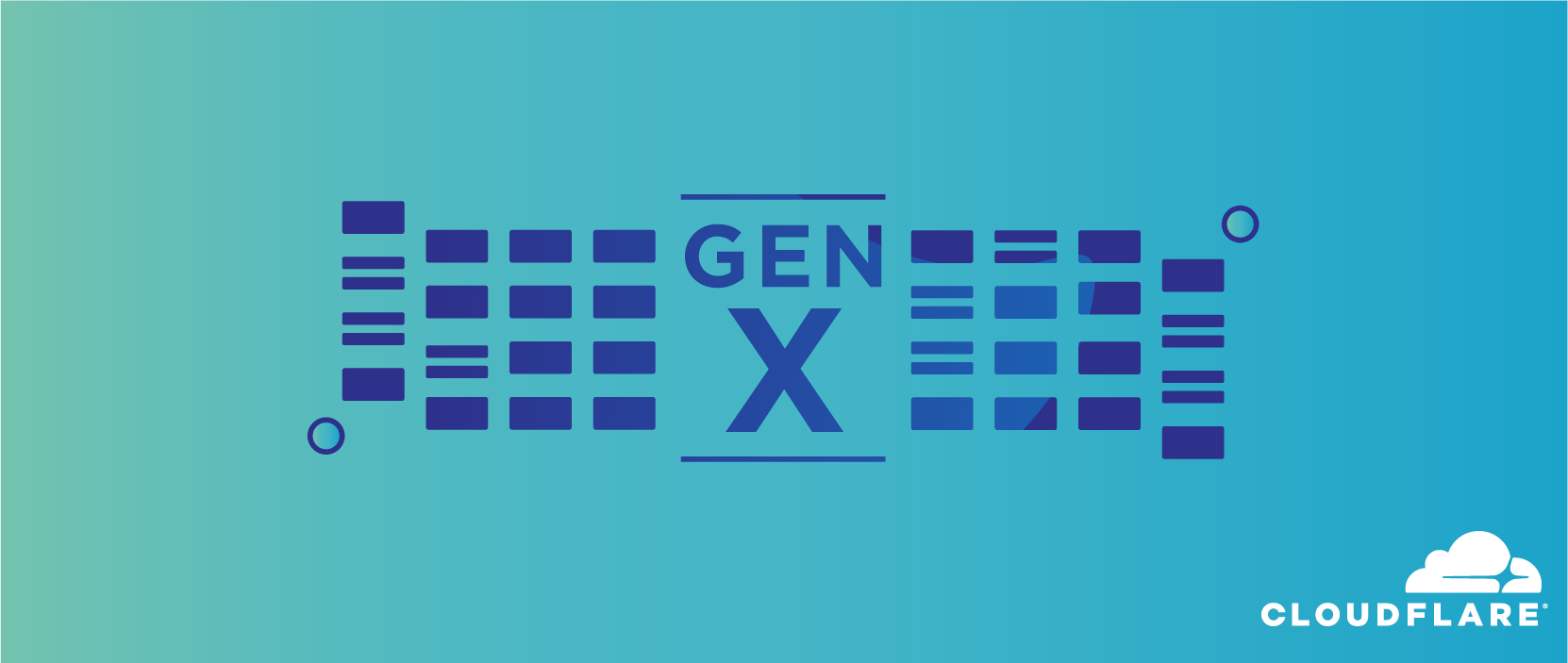Cisco SD-WAN Accelerates Toward FedRAMP Authorization
The networking giant needs FedRAMP authorization before it can begin deploying its SD-WAN offerings...
Pluribus UNUM 5.2.0 – Deeper Insights at Wire Speed and Scale
Building open, scalable, programmable and easy-to-operate data center network infrastructure is a core principle at Pluribus Networks. Engineering simplicity into...Day Two Cloud 037: NetApp – The Cloud Data Services Company (Sponsored)
In today's sponsored Day Two Cloud podcast, we talk with NetApp, the storage company that's embracing the cloud. While most people associate NetApp with storage arrays, the company has brought cloud automation principles to its portfolio to make daily operations easier, and has a panoply of products and services to manage your data on premises and in the cloud. Our guest is Nick Howell, Global Field CTO for Cloud Data Services.
The post Day Two Cloud 037: NetApp – The Cloud Data Services Company (Sponsored) appeared first on Packet Pushers.
Day Two Cloud 037: NetApp – The Cloud Data Services Company (Sponsored)
In today's sponsored Day Two Cloud podcast, we talk with NetApp, the storage company that's embracing the cloud. While most people associate NetApp with storage arrays, the company has brought cloud automation principles to its portfolio to make daily operations easier, and has a panoply of products and services to manage your data on premises and in the cloud. Our guest is Nick Howell, Global Field CTO for Cloud Data Services.Introducing Secrets and Environment Variables to Cloudflare Workers


The Workers team here at Cloudflare has been hard at work shipping a bunch of new features in the last year and we’ve seen some amazing things built with the tools we’ve provided. However, as my uncle once said, with great serverless platform growth comes great responsibility.
One of the ways we can help is by ensuring that deploying and maintaining your Workers scripts is a low risk endeavor. Rotating a set of API keys shouldn’t require risking downtime through code edits and redeployments and in some cases it may not make sense for the developer writing the script to know the actual API key value at all. To help tackle this problem, we’re releasing Secrets and Environment Variables to the Wrangler CLI and Workers Dashboard.
Supporting secrets
As we started to design support for secrets in Workers we had a sense that this was already a big concern for a lot of our users but we wanted to learn about all of the use cases to ensure we were building the right thing. We headed to the community forums, twitter, and the inbox of Louis Grace, business development representative extraordinaire, for some anecdotes about Secrets usage. We also sent Continue reading
Impact of Cache Locality


In the past, we didn't have the opportunity to evaluate as many CPUs as we do today. The hardware ecosystem was simple – Intel had consistently delivered industry leading processors. Other vendors could not compete with them on both performance and cost. Recently it all changed: AMD has been challenging the status quo with their 2nd Gen EPYC processors.
This is not the first time that Intel has been challenged; previously there was Qualcomm, and we worked with AMD and considered their 1st Gen EPYC processors and based on the original Zen architecture, but ultimately, Intel prevailed. AMD did not give up and unveiled their 2nd Gen EPYC processors codenamed Rome based on the latest Zen 2 architecture.
Playing with some new fun kit. #epyc pic.twitter.com/1No8Cmfzwl
— Matthew Prince ? (@eastdakota) November 8, 2019
This made many improvements over its predecessors. Improvements include a die shrink from 14nm to 7nm, a doubling of the top end core count from 32 to 64, and a larger L3 cache size. Let’s emphasize again on the size of that L3 cache, which is 32 MiB L3 cache per Core Complex Die (CCD).
This time around, we have taken steps to Continue reading
The Myth of Scaling From On-Premises Data Center into a Public Cloud
Every now and then someone tries to justify the “wisdom” of migrating VMs from on-premises data center into a public cloud (without renumbering them) with the idea of “scaling out into the public cloud” aka “cloud bursting”. My usual response: this is another vendor marketing myth that works only in PowerPoint.
To be honest, that statement is too harsh. You can easily scale your application into a public cloud assuming that:
Read more ...The Myth of Scaling From On-Premises Data Center into a Public Cloud
Every now and then someone tries to justify the “wisdom” of migrating VMs from on-premises data center into a public cloud (without renumbering them) with the idea of “scaling out into the public cloud” aka “cloud bursting”. My usual response: this is another vendor marketing myth that works only in PowerPoint.
To be honest, that statement is too harsh. You can easily scale your application into a public cloud assuming that:
NTT Fuels Academic Research Into Security
One of the near-term goals is to make cryptography more robust and ready for a post-quantum...
McAfee Gets SASE, Buys Light Point Security
McAfee plans to integrate Light Point Security’s browser isolation technology into its secure web...
Cisco Certifications changes: a short summary

Unless you’ve been living in a cave during the last nine months, specifically since Cisco Live US 2019, you should know that last Monday, February 24th, was the D-day for big changes in Cisco certifications. Here is a short summary of the major changes and what to remember about them. Changes on current certifications Associate level The various CCNA certifications have been consolidated to only one now. And the CCDA also disappears. Remaining certs at associate level are: CCNA DevNet Associate (I will talk about DevNet certs more in details…
The post Cisco Certifications changes: a short summary appeared first on AboutNetworks.net.
Ostinato – Packet Generator – Test your broadcast and mitigation strategies
I used ostinato long before when it was in early stages probably, at that point I never had any real need to use a packet generator as the place I was working was already equipped with IXIA and Spirant best in Class Packet generators.
https://ostinato.org/ – is the link
Whats the use case – Well I wanted to test LSP loadbalancing and also specific scenario of BUM traffic and how well it can be contained lets say in Switching level QFX and also VPLS level
Its doing a good job, though it started as open source, author now sells it with some minimal fee to keep up with the development costs.
You could also use scapy and i wrote a small program to do this , problem is scapy sorts of waits for some of the responses and i have not yet figured out what needs to be solved there
Testing Ostinato on QFX and its really good so far. Storm control got in and stopped transmitting any packets through the interface.

At the end, this is a nice to have tool for any sort of packet crafting and limited scale testing for proof of concept scenarios.
-Rakesh
Kernel of Truth season 3 episode 2: OCP Summit 2020
Subscribe to Kernel of Truth on iTunes, Google Play, Spotify, Cast Box and Sticher!
Click here for our previous episode.
Early March is a busy time here at Cumulus Networks and part of the reason is the Open Compute Project Summit. Kernel of Truth hosts Brian O’Sullivan and Roopa Prabhu are joined by Scott Emery, project lead at OCP. First thing the group covers— what is OCP? The conversation continues into what’s happening in the OCP community, what you can expect at the conference and more.
Guest Bios
Brian O’Sullivan: Brian currently heads Product Management for Cumulus Linux. For 15 or so years he’s held software Product Management positions at Juniper Networks as well as other smaller companies. Once he saw the change that was happening in the networking space, he decided to join Cumulus Networks to be a part of the open networking innovation. When not working, Brian is a voracious reader and has held a variety of jobs, including bartending in three countries and working as an extra in a German soap opera. You can find him on Twitter at @bosullivan00.
Roopa Prabhu: Roopa is Director of Engineering, Linux software at Cumulus Networks. At Cumulus Continue reading
Daily Roundup: Google Loves Intel’s Security Transparency
Google showed love for Intel’s security transparency; VMware gained an extra boost with cloud...
Essential People in a Wedding Professionals Networking Group
If you are a professional that provides services for weddings as a main part of your business, then becoming part of a wedding professionals networking group can help you increase your business and keep you updated on the latest wedding trends. Here is a look at some of the essential people in a wedding professionals networking group.
7 Wedding Professionals Networking Group Members
Wedding Planners
Wedding planners are the most essential people in a wedding professionals networking group. In many cases, it is the wedding planner that finds the venue, hires the band or DJ, the cake maker, and the photographers – or at least recommends people in these professionals to the engaged couple. So you definitely want to include wedding planners in your networking group.
Bridal Shop Owners or Wedding Dress Makers
Another essential person in a wedding professionals networking group is the person who runs a bridal shop or makes wedding gowns and bridesmaid dresses, since these professionals work closely with the bride and often are asked to suggest other wedding vendors.
DJs and Wedding Bands
Almost all weddings have some type of music, so you are going to want to include DJs or wedding bands as Continue reading
CenturyLink CSO Decries Abundant, Niche Security Services
“Part of the challenge that I have is taking all of these different technologies and tying them...
Red Hat OpenStack Update Angles Toward Cloud-Native Future
"Our vision is to create one common platform that runs any workload in VMs or containers across any...
Mirantis Collects Kontena Kubernetes Cast-Offs
It recruited Kontena's leadership and employees that were behind the Pharos Kubernetes distribution...

